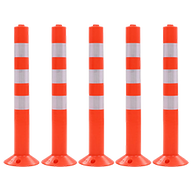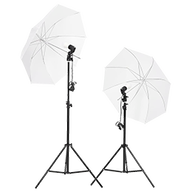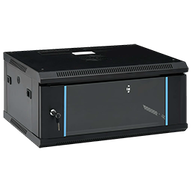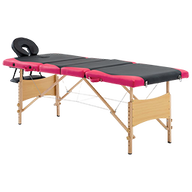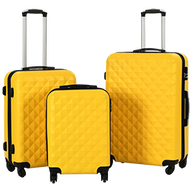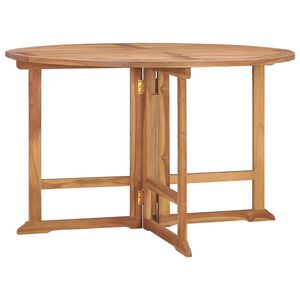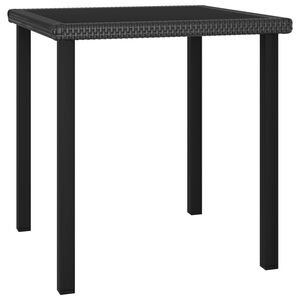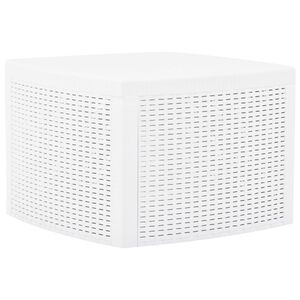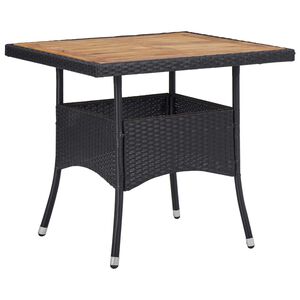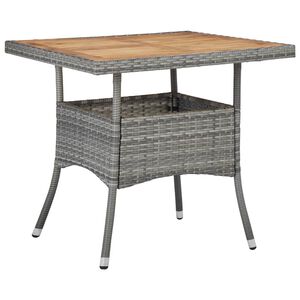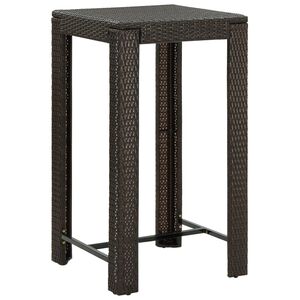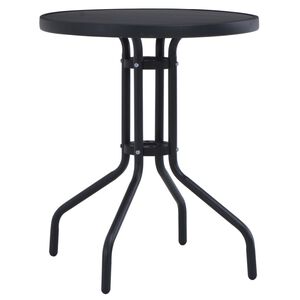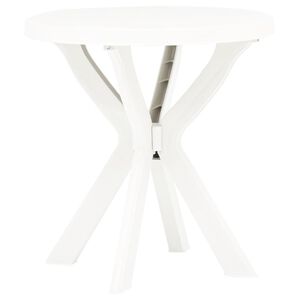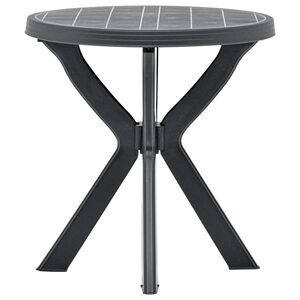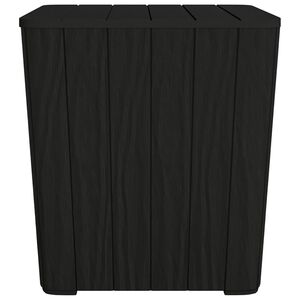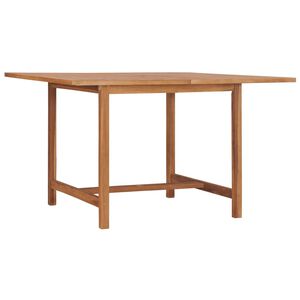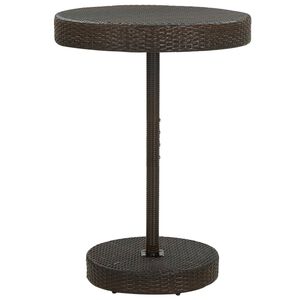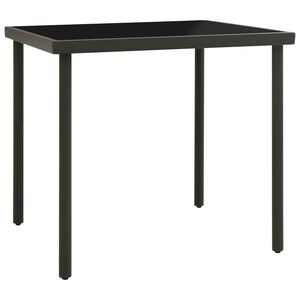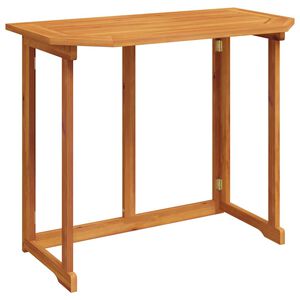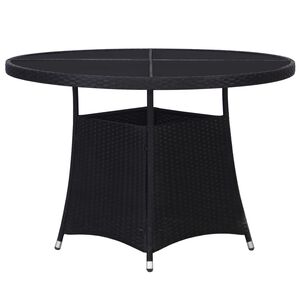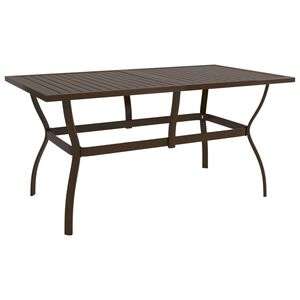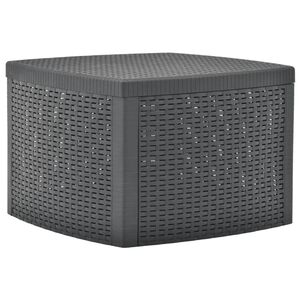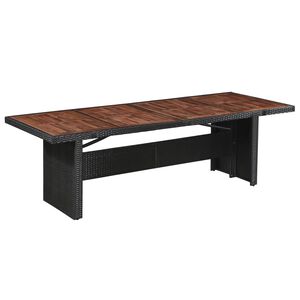24/7 aanbiedingen
Betaal later of in 3 delen
24/7 aanbiedingen
Gratis verzending
 English
English
Outdoor Tables (116 Results)
Selecting the best garden table
There’s no better way to enjoy the outdoors than with a nice garden table for your glass of wine, dinner with family, or a catchup with friends. This useful piece of outdoor furniture is the heart of the garden. It creates a space where you can sit down and enjoy some food when the sun is up. But which garden table should you choose? What's the criterion for choosing a garden table?
With so many options available on the market, you might feel lost, especially when shopping for a garden table for the first time. Worry not – this useful guide will walk you through selecting the perfect outdoor table for your garden. We’ll cover the most important features to help you choose wisely.
What material should you choose for your garden table?
Garden tables come in different materials, selected for their durability and good looks. Each material has its own strengths and weaknesses. Let’s take a closer look at the different materials to help you choose an option that suits your taste and styling needs.
Wood
Garden tables made from wood are by far the most common. Wood is a timeless classic and adds warmth and natural beauty to a space. It's also a sturdy and durable material. If well taken care of, wooden garden furniture can remain in top condition for years. You can never go wrong with wood. Wooden patio tables are available in different wood species, the most common being teak and acacia. Teak is particularly known for its outstanding ability to withstand harsh weather conditions. It has a high oil content that protects the wood from moisture and insect attacks. Acacia wood is renowned for its attractive natural grain, water resistance, and antibacterial properties.
Aluminium
Sturdy but lightweight, garden tables made from aluminium are easy to carry and move around. Aluminium is also weather-resistant, rust-proof, and requires very little maintenance. The casting of this material allows for some beautiful and intricate designs that can elevate the look of your space. Aluminium is also the most sustainable material for garden tables as it is made from recycled aluminium. When aluminium is used alone, it can easily be blown away by the wind. However, it's often used with tempered glass table tops, making it a bit heavier.
Steel
When crafted from stainless steel, they are resistant to rust, corrosion, and UV. Steel is not only solid and sturdy but also heavier. However, they usually heat up when exposed to direct sunlight. Steel works well when combined with other materials like glass and wood. This material can also be powder-coated or painted to protect them from rust and UV.
Rattan
Rattan is one of the most popular trends in the construction of outdoor furniture. Strong and durable, the material is quickly gaining popularity as a resilient material. Like wood, rattan is a natural material that adds natural beauty and warmth to your outdoor space. This material is also versatile. You can use it both outdoors and indoors. For environmentally-conscious people, rattan is the perfect material for your table garden as it is sustainable. You don't need to cut down whole trees or clear forests to make the furniture. However, rattan harvesters can clear the vines, leaving the forest intact.
What shape of garden table should you choose?
Garden tables come in different shapes. The shape of your garden will influence the shape of the table you choose. For example, if your garden is round or has curves, you'll want to choose a table with a similar shape. On the other hand, a garden with more straight lines is better suited to a rectangular or square table. Below, we take a deeper look at the different garden table shapes.
Rectangular
Rectangular is the most common shape for tables. It's the go-to shape for both indoor and outdoor spaces. A rectangular garden table can accommodate more people, especially when you choose a bigger table. It's also adaptable and works pretty well in most gardens and patios. So, a rectangular garden table will work for you if you have a large family or expect to host more guests.
Square
If you have a small garden, you can go for a square garden table as it easily fits into a corner. It's a great choice for a small family of about four people. You can place several square garden tables side by side. Like a rectangular table, a square garden dining table is easy to put against the wall if you need more space in your garden.
Oval
Oval outdoor tables have no corners, allowing you to add more seating and squeeze in more guests. These tables are usually the size of rectangular tables and can accommodate more people. The curved edges create the illusion of them taking up less space. The rounded corners usually reduce the space slightly, but they look great generally. Their curved design offers a great way to add beauty to your outdoor space.
Round
Round garden tables are great for small gardens or patios. They also feel more intimate and are ideal for holding conversations. They don't have sharp corners, so moving around them is easier. Like oval tables, the seating capacity of round tables is not fixed, so you can squeeze in more people. However, you cannot put them against the wall or in a corner.
How to choose the right garden table size
While the look of a garden table is important, ensuring it fits your garden and provides enough seating space for you and your family are the most crucial elements. You don't want to have the most beautiful garden furniture sets when they don’t leave room to move around.
So, how do you find the perfect table size for your garden?
Measure the amount of free space available in your garden
Your ideal garden table should be large enough to accommodate the number of people you want to sit comfortably around it. It should also leave sufficient space for people to move around the garden. Here are guidelines to measure the space you have in your garden and determine the size of the table that's best suited for that space.
-
Measure the clearance between the table and the edge of the garden
-
Measure the space around the garden
-
Measure the clearance between the garden table and other items
Determine how much space you have left from where the table will be placed to the edge of your garden or patio.
You also have to leave space for people to sit down and get up without issues. It’s a good idea to leave a space of at least 75cm between the table and the edge of the outdoor area. If you have more space, you can go up to 1m.
Most gardens have flower vessels, furniture, or garden storage boxes. If you don’t want to move these items, leave a space of 75cm or 1m from the edge of those items and the garden table.
Decide on the number of people you want to sit around the table
The number of people you want the table to accommodate will also determine the size of the outdoor garden table you choose. Leave a space of 55 – 60 cm between each chair for everyone to sit comfortably. If you don’t have a large family or you rarely hold large gatherings, you don’t necessarily need a large garden table.
What is the best colour for an outdoor table?
Garden tables come in different colours to suit your individual tastes and preferences. Choosing the right colour is the final step to finding your dream garden table. Do you want the table to be a focal point or simply want it to blend with other furniture or items in your garden?
-
Lighter shades – These are best suited for relaxed, coastal-inspired spaces
-
Darker hues – Great for bringing out a more modern and dramatic look.
If possible, add some accessories to change the colour palette of your outdoor furniture set. You can incorporate throw pillows, cushions, and outdoor rugs to create the perfect look.
Care advice for your outdoor furniture
Outdoor furniture, like garden tables, is built to be weather-resistant. However, that doesn't mean they don't require some care to keep them looking good all year round. Maintaining your outdoor furniture doesn't have to be difficult; however, it requires understanding how to care for the different materials. Here are care tips for your outside table.
Wood garden furniture
Hardwoods like teak and acacia are higher quality materials than softwood and require different treatments. For this type of wood, use a soft-bristled brush or wet cloth and soapy water at least once a year. The best time for cleaning your outdoor dining table is in autumn before the winter arrives. To maintain the natural colour of wood, apply a wood treatment, which is better than regular oil.
Metal garden furniture
Outdoor furniture made from metal looks great, but when neglected, it will rust easily. Cleaning your metal garden table is easy – you only need mild, non-detergent soap, water, and a sponge or piece of cloth. However, be careful not to use products with harsh chemicals. Most importantly, remove bird droppings on your furniture as soon as you spot them.
Rattan garden furniture
Cleaning rattan furniture is easy as long as you clean it regularly. Otherwise, dust and dirt will build up between the weaves. To clean your rattan patio table, use a piece of cloth soaked in soapy water to wipe it down gently. If you see any cracks on the material, apply boiled linseed oil with a soft brush. Then wipe it clean when it can't absorb any more oil.
Looking for the best garden table? Feel free to browse our garden furniture range
 العربية
العربية
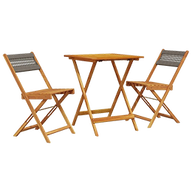
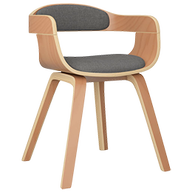

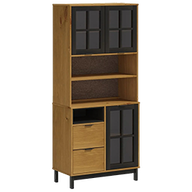
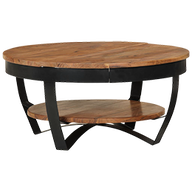
.png?sw=192)

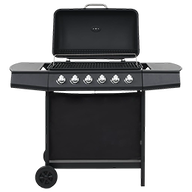
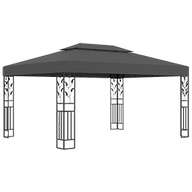

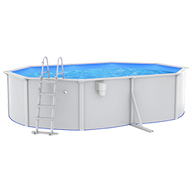
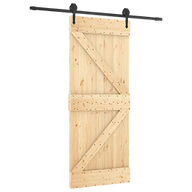

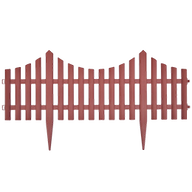
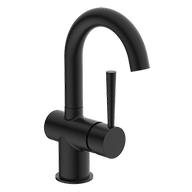
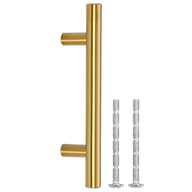
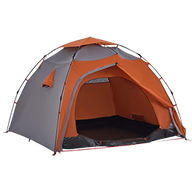
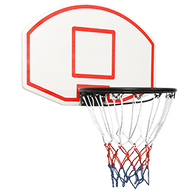
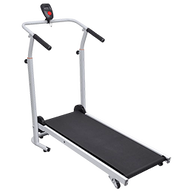
.png?sw=192)
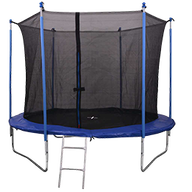
.png?sw=192)
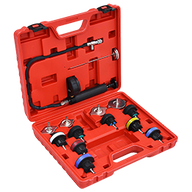
.png?sw=192)
.png?sw=192)
.png?sw=192)
